- Home
- Articles
- Architectural Portfolio
- Architectral Presentation
- Inspirational Stories
- Architecture News
- Visualization
- BIM Industry
- Facade Design
- Parametric Design
- Career
- Landscape Architecture
- Construction
- Artificial Intelligence
- Sketching
- Design Softwares
- Diagrams
- Writing
- Architectural Tips
- Sustainability
- Courses
- Concept
- Technology
- History & Heritage
- Future of Architecture
- Guides & How-To
- Art & Culture
- Projects
- Interior Design
- Competitions
- Jobs
- Store
- Tools
- More
- Home
- Articles
- Architectural Portfolio
- Architectral Presentation
- Inspirational Stories
- Architecture News
- Visualization
- BIM Industry
- Facade Design
- Parametric Design
- Career
- Landscape Architecture
- Construction
- Artificial Intelligence
- Sketching
- Design Softwares
- Diagrams
- Writing
- Architectural Tips
- Sustainability
- Courses
- Concept
- Technology
- History & Heritage
- Future of Architecture
- Guides & How-To
- Art & Culture
- Projects
- Interior Design
- Competitions
- Jobs
- Store
- Tools
- More
Earthen Aesthetics: The Beauty of Adobe Architecture
Adobe, one of the world’s oldest natural building materials, has shaped architecture across arid regions for thousands of years. Made from clay, sand, and organic fibers, it offers sustainable, low-carbon solutions for modern architecture. From ancient vernacular homes to contemporary designs like Zaha Hadid Architects’ Asaan Museum, adobe continues to inspire with its earthy beauty and climate-friendly performance.

Adobe is a natural building material used for centuries made from a mixture of clay, sand, silt, water, and organic materials like straw or grass. The mixture is shaped into bricks using wooden molds and then dried in the sun rather than fired in a kiln. Adobe is one of the oldest construction materials in history of architecture, used for thousands of years across arid and semi-arid regions from the Middle East and Africa to the Americas. It has been used for thousands of years as one of the most accessible and sustainable building materials. It makes it an ideal material for warm, dry climates where humidity is low. In history, civilizations used adobe in vernacular houses, historic settlements, religious or community buildings and even city walls.

Construction Techniques
Adobe construction employs several earthen techniques that balance tradition and practicality. The most common method uses adobe bricks, which are molded from a clay, sand, and straw mixture, then sun-dried and laid with mud mortar to form sturdy walls. In contrast, cob walls use a similar mix but are applied wet and sculpted directly, eliminating the need for individual bricks. Another related approach, rammed earth, involves compressing damp soil within formwork to create dense, layered walls. To protect these natural surfaces from erosion and weathering, adobe structures are typically finished with lime, clay, or earth plaster, providing both durability and a cohesive, organic appearance.

Climate Suitability of Adobe
Adobe performs best in dry, warm climates with low rainfall, as excessive moisture can weaken or erode its earthen composition. For this reason, it has traditionally been used in arid and semi-arid regions around the world. Some of the most notable examples can be found in the Southwestern United States, particularly in states like New Mexico and Arizona, as well as across the Middle East and North Africa, where ancient settlements have long relied on adobe’s natural thermal properties. The material is also common in parts of Latin America and Spain, where it continues to shape vernacular architecture through its sustainable and climate-responsive qualities.

Sustainability and Modern Use
If climate is suitable, modern architects are reviving adobe as part of sustainable design because it’s:
-
Locally sourced and inexpensive
-
Carbon neutral to produce
-
Compatible with passive design strategies (thermal mass, natural ventilation, shading)
Some projects like Asaan Museum by Zaha Hadid Architects combine traditional adobe with modern reinforcements, such as stabilizing it with cement or lime, to increase durability against moisture. In this project, the design combines old building methods with modern planning. Made from low-carbon adobe, the thick mud-brick walls keep the inside comfortable by storing heat and providing good insulation, which reduces energy use in the hot, dry desert climate.

Besides advantages adobe has some disadvantages that limit its use in modern architecture. It is not suitable for areas with high rainfall or humidity, as too much moisture can damage the walls. Adobe also has low tensile strength, which means it needs extra support or reinforcement to stay stable. In addition, buildings made of adobe require regular maintenance, such as replastering, to protect the walls from weather and erosion. For that reason, the best examples of the adobe material we see in the history of architecture in arid and no risk of erosion regions such as Iran, New Mexico and India.
- adobe architecture
- adobe building material
- adobe in modern architecture
- adobe walls
- arid region architecture
- climate responsive buildings
- cob and rammed earth
- desert architecture
- earthen architecture examples
- earthen construction techniques
- Eco Friendly Materials
- low carbon materials
- mud brick buildings
- Natural Architecture
- sustainable building materials
- sustainable design strategies
- thermal mass design
- traditional construction methods
- Vernacular Architecture
- Zaha Hadid Asaan Museum
Submit your architectural projects
Follow these steps for submission your project. Submission FormLatest Posts
7 Landmark Buildings That Defined Architectural Eras
Discover seven landmark buildings that shaped architectural history—from ancient ziggurats to modern...
The Legacy of Ottoman Architecture: Form, Faith, and Urban Imagination
Explore Ottoman architecture’s living legacy—Sinan’s domes, Iznik tiles, waqf-built complexes, and quake-smart...
How to Curate an Art Gallery Inspired by Ancient Civilizations
There’s a reason museum galleries feel different the moment you step inside....
Exhibition of AMO / OMA in Doha “Countryside: A Place to Live, Not to Leave”
OMA’s AMO presents “Countryside: A Place to Live, Not to Leave” in...


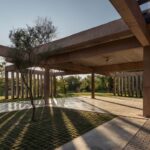
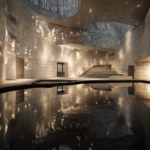
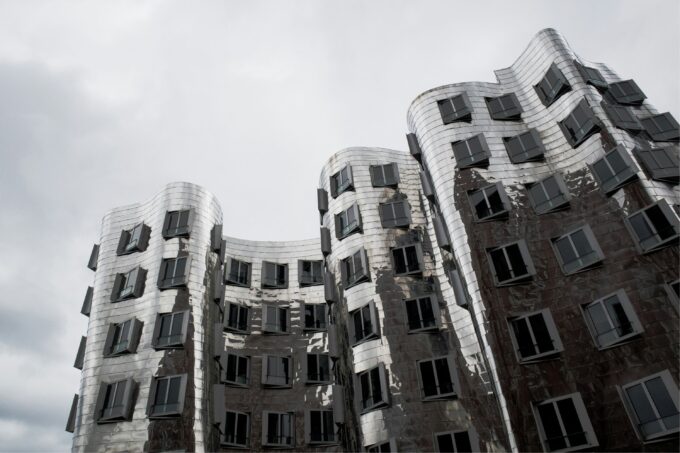



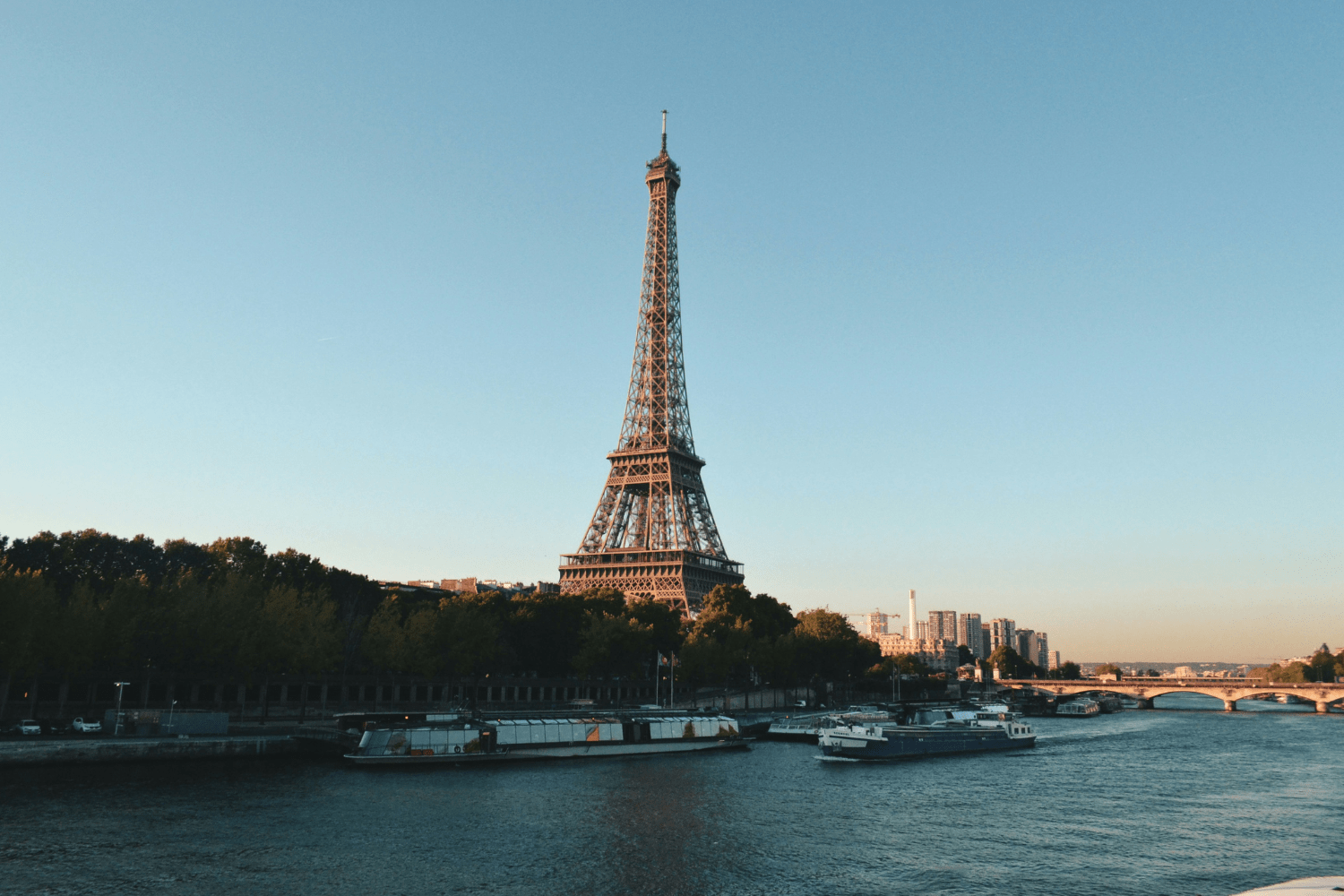
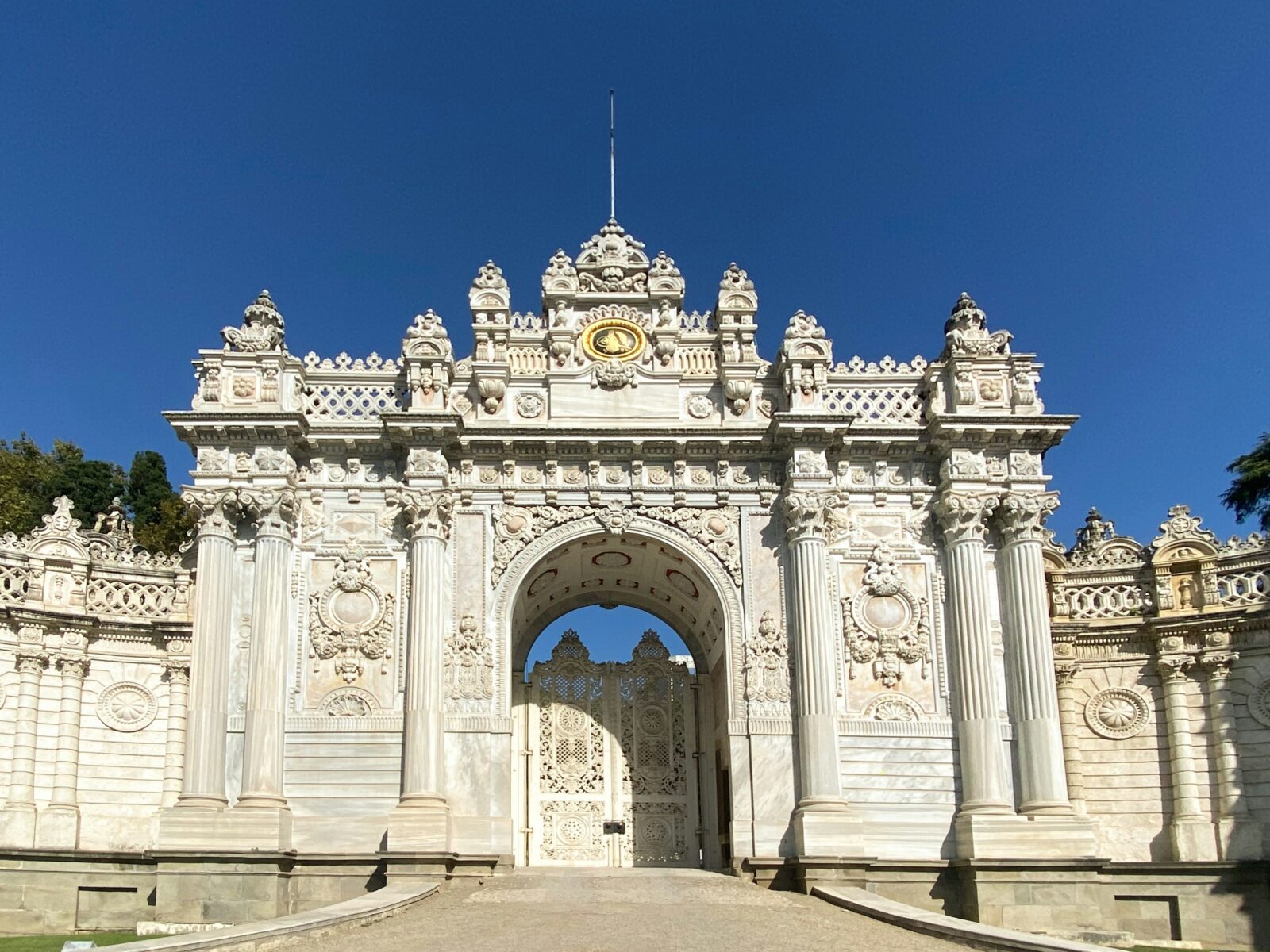
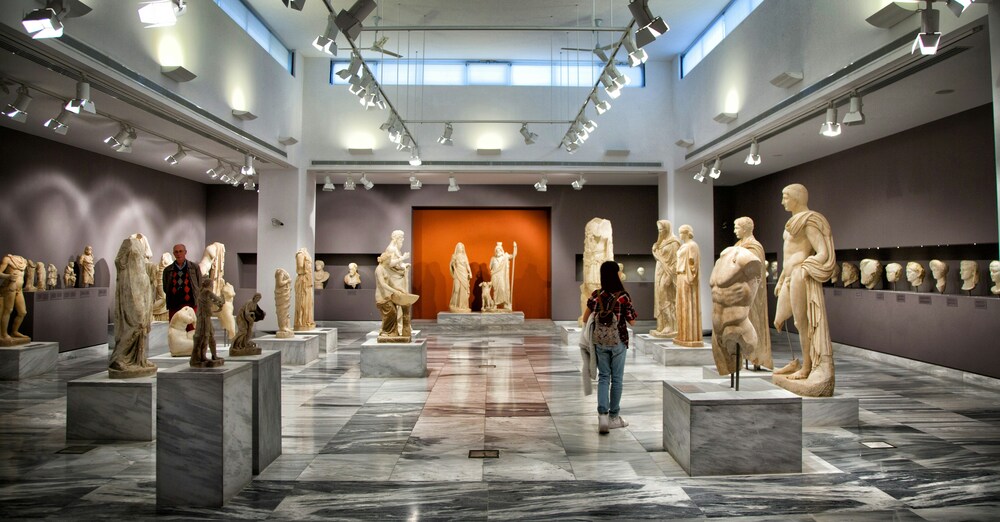
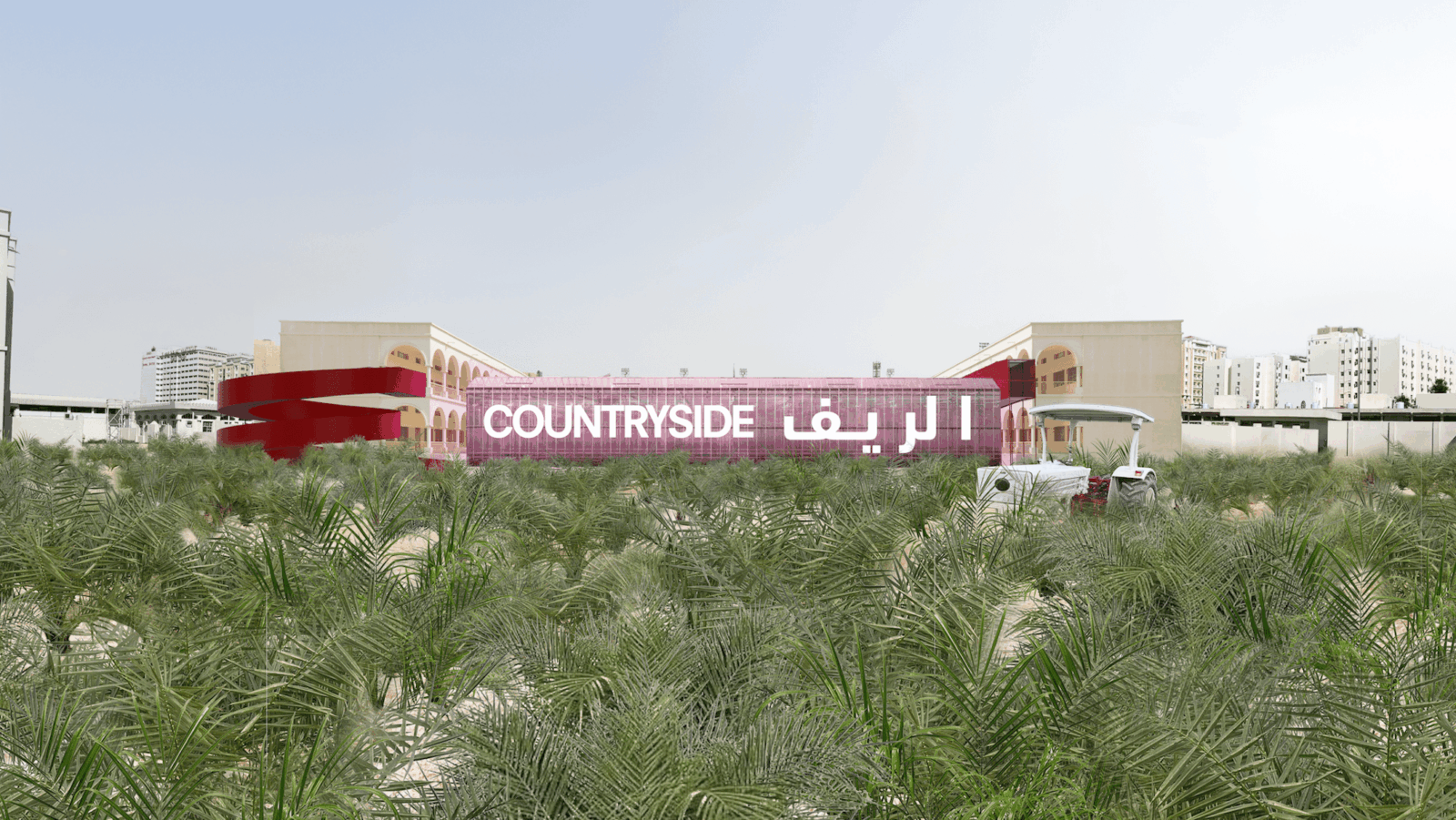
Leave a comment